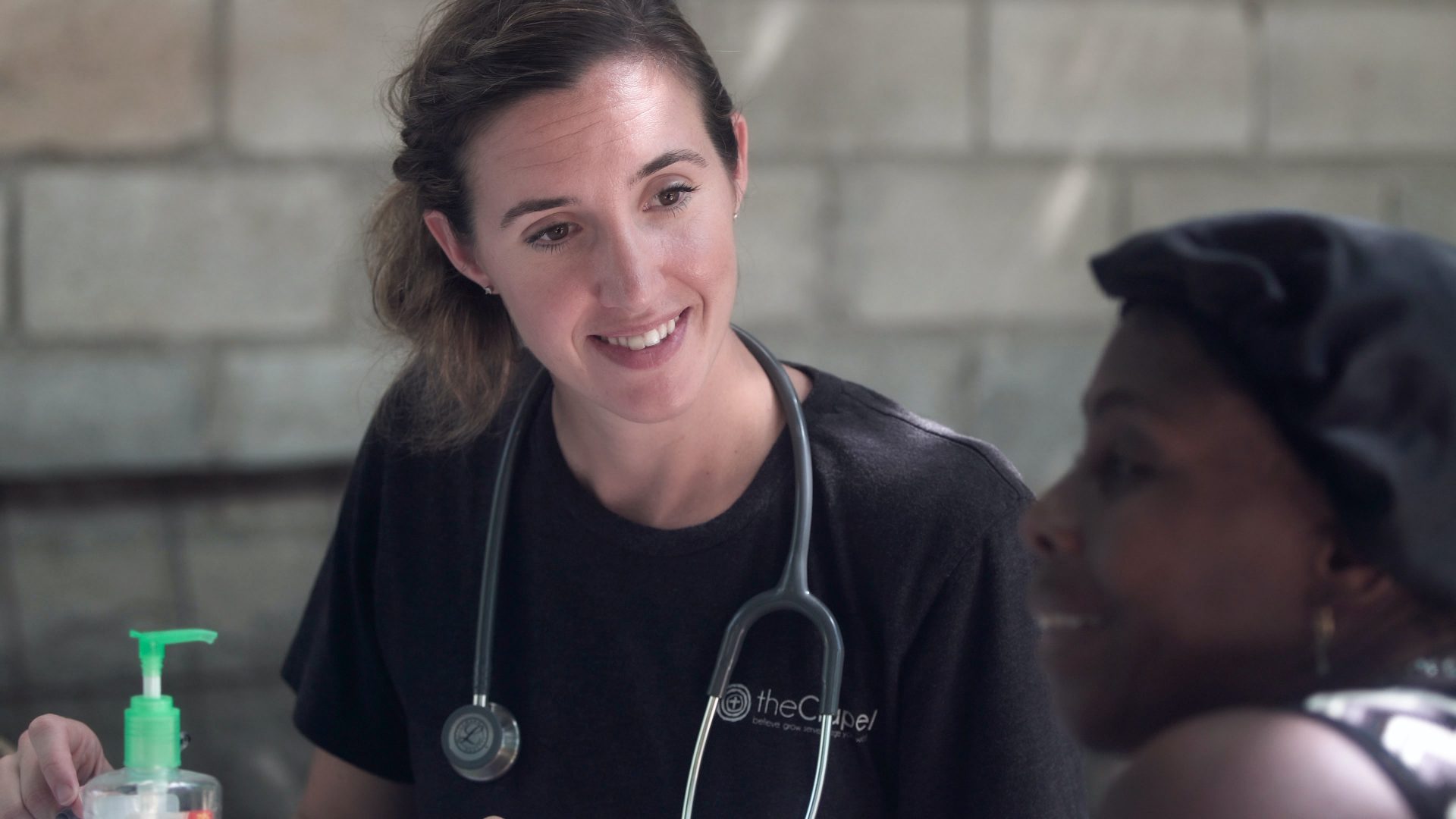How Better Problem-Solving Drives Better Patient Experiences
An often missed opportunity for improved healthcare performance

If you ask anyone who works in a healthcare setting what percentage of the time they spend solving problems, the consistent answer is from 80-99%. As a follow-up, if you ask if they’ve ever had formal training (separate from clinical decision-making problem solving), on how to be a better, more innovative problem-solver, very few will raise their hands. Healthcare is an industry involving so many complexities around life and death, technological advances, human interactions, science and art, finances and consumption of resources, that there’s no surprise that healthcare workers face never ending problems to solve. More and more healthcare leaders are looking for ways to approach the daily problems staff face more creatively. A recent article in Beakers Healthcare review focused on a few approaches for more creative problem-solving around the country:
Patient Experiences Improve from Better and Bigger Thinking.
In addition to little exposure to ways to improve problem-solving skills, the pace of a hospital unit or medical office is typically so fast that staff are in DO-mode all day long. One of the keys to enhanced problem-solving is to have a culture that values a balance of THINK TIME and DO TIME.
When staff aren’t well and consistently prepared to participate as effective or innovative problem-solvers, many issues can arise including a negative impact to the patient experience. Patient needs span far beyond their diagnosis or injury and each person brings a unique set of circumstances and priorities with them to the hospital or physician office. High performing staff members retain knowledge on how to anticipate key issues and are prepared to help patients with a wide variety of problems.
One example is when a nurse must communicate that a patient’s medical condition requires that their driver’s license is suspended. They have seen this situation enough times with different patients that they can anticipate the likely reactions and offer support and facts on how the patient might access new forms of transportation until they are healed. Being willing and able to assist the patients with the impact of their care not just the care is a sure path to creating exceptional experiences.
A Checklist to Strengthen an Innovative Problem-Solving Culture.
- Leverage Past Experiences to Avoid Future Problems
Encourage staff to share proven solutions in staff meetings or throughout the organization so that the knowledge is well managed and the workforce gets collectively smarter. - Commit to Ongoing Problem-Solving Training
Acknowledge the importance of having effective problem-solving skills and offer year-round courses to help staff at all levels. - Make Innovation Tools Available To The Entire Workforce
There are many different innovation tools that can help anyone look at a problem in new ways to identify new paths. In addition to training, consider having some internal coaches trained to help departments apply tools to compelling problems. - Recognize Great Stories of Problems Solved for Patients
When a department or an individual implements a great new solution, recognize the courage and commitment to their problem-solving efforts. This helps contribute to a “culture of encouragement and innovation” which can help drive enthusiasm and enterprise wide commitments. - Deliberately Focus on “Think Time” for all Staff
All staff at all levels should have the ability to step away from constant tasks to reflect and process issues on the unit or with individual patients. It certainly may not be easy to achieve, but, creating an environment where think time is valued will not only help staff make better solutions but can also help reduce burn-out. One suggestion may be that during the first 2 hours three times a week, staff are encouraged to take an additional paid 20-minute break away from patients to develop a list of key issues needing to be addressed.
Conclusion.
There will never be a shortage of problems as patients seek inpatient or outpatient medical care. For organizations who are truly committed to providing reliably exceptional patient experiences, an important step is to recognize the impact enhanced problem-solving skills can make and prepare staff to be more innovative problem-solvers. This commitment supports patient satisfaction performance but will certainly also secondarily impact quality, patient and staff safety and financial performance. When the entire workforce also sees the organization is committed to strengthening each staff member’s skills and ability to succeed and values their ability to have time to process patient needs, staff engagement and satisfaction will be improved. The value of an entire workforce of innovative problem-solvers is priceless and there’s no other industry that can benefit more than healthcare.

Diane S. Hopkins
Senior Leader Healthcare Practice for Extens Consulting
Discover what we can do for you and your business to succeed in Care.
Get in touch with the author to share your comments and discuss the topic.



